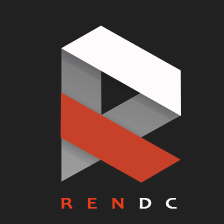41⟩ What are the properties of java beans?
The JavaBeans specification defines the following types of bean properties:
► Simple: A bean property with a single value whose changes are independent of changes in any other property.
► Indexed: A bean property that supports a range of values instead of a single value.
► Bound: A bean property for which a change to the property results in a notification being sent to some other bean.
► Constrained: A bean property for which a change to the property results in validation by another bean. The other bean may reject the change if it is not appropriate.
Bean properties can also be classified as follows:
► Writable: A bean property that can be changed:
► ► Standard
► ► Expert
► ► Preferred
► Read Only: A bean property that cannot be changed.
► Hidden: A bean property that can be changed. However, these properties are not disclosed with the BeanInfo class


